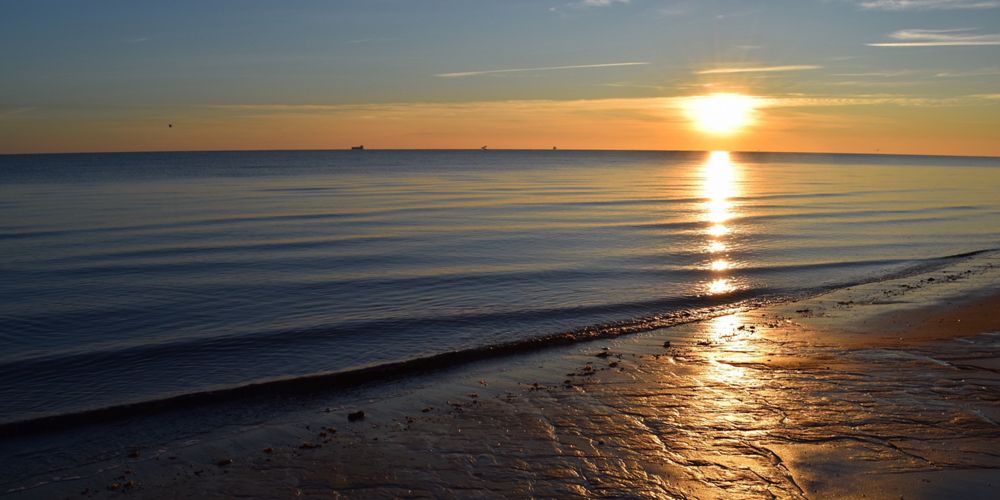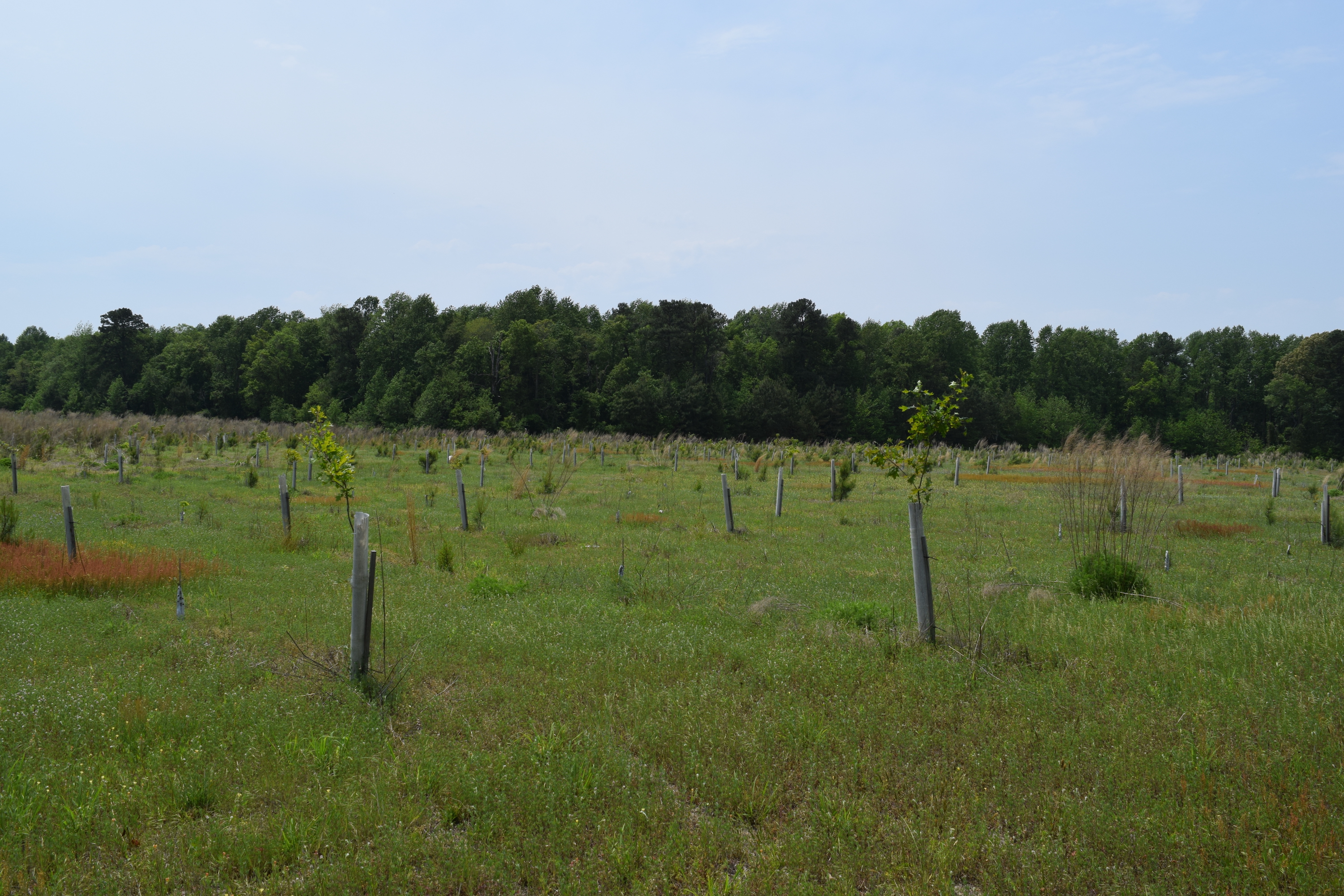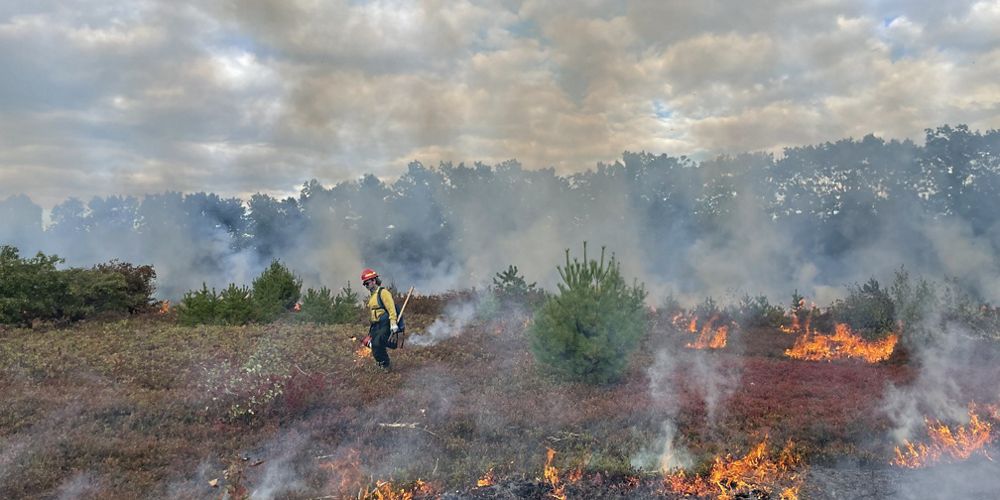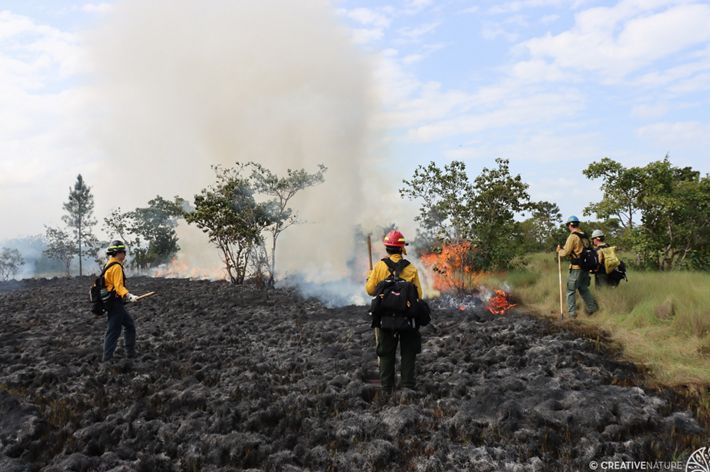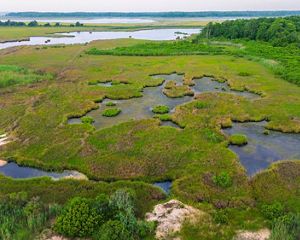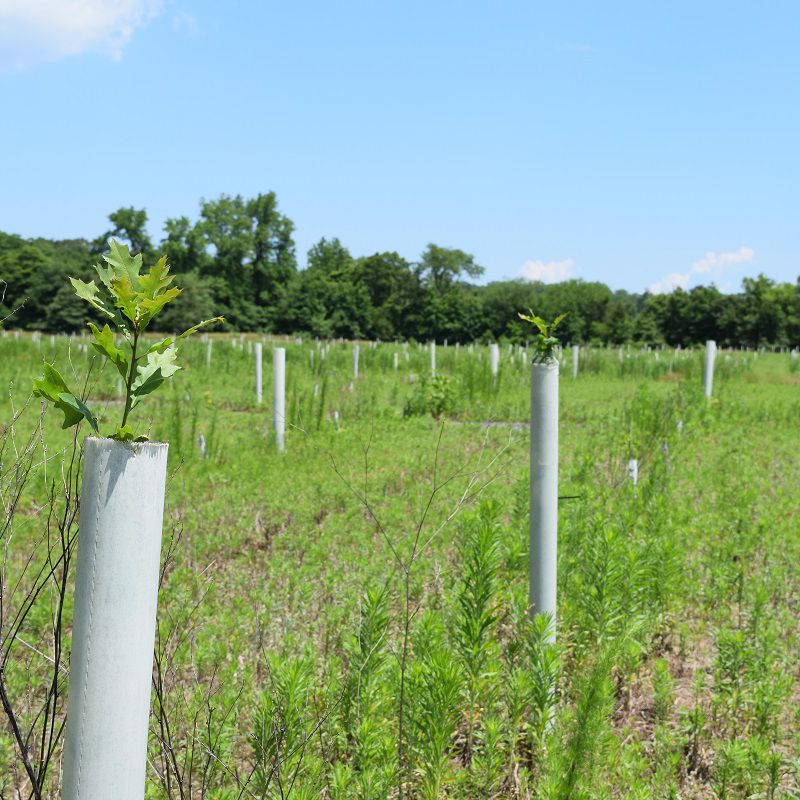
What Does It Mean to Steward Land and Manage for Resiliency?
Successful conservation requires science-based management and stewardship. Learn how we’re ensuring a healthy future for Delaware’s lands.
The Nature Conservancy (TNC) has been acquiring and protecting more than 31,000 acres of land across Delaware since 1990 and leading large-scale conservation efforts that protect the lands and waters critical to the health and well-being of both people and nature.
When TNC acquires a parcel of land, we commit both legally and ethically to steward that land in perpetuity. Whether we’re planting trees to restore forests, conducting controlled burns to ensure vibrant grasslands or working with volunteers to remove invasive species, we consider the impacts our choices will have on wildlife, local communities and the people who visit our preserves.
Our stewardship actions not only enhance the visitor experience but ensure our preserves stay resilient in the face of a changing climate.
Our Stewardship & Management Goals
We're working with business, government, nonprofit and community partners to ensure a healthy future for Delaware's lands.
Our Work
To achieve our stewardship and management goals, we focus on three critical pillars: Protection, Restoration and Collaboration.
Protection
We are prioritizing landscapes strategically and investing in lands/opportunities that provide the maximum contribution to our mission.
Land Protection in Delaware
By the Numbers
-
31,341
Total Acres Protected
-
6
Nature Preserves
-
9
Conservation Easements
Our Priority Landscapes
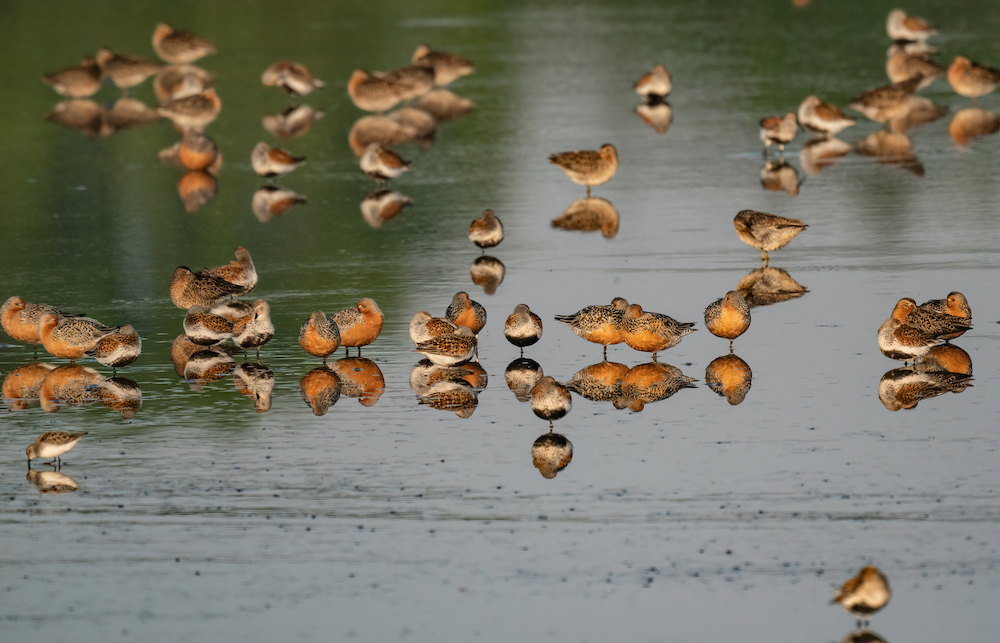
Delaware Bayshore
The coastline of Delaware supports more than 50,000 acres of highly resilient coastal wetlands that support an enormous array of biodiversity. These wetlands have been identified as having the physical characteristics that increase their likely resilience to sea level rise.
Delaware’s coastal beach and dune habitats support globally important biodiversity including the largest concentration of spawning horseshoe crabs in the world whose eggs support the 9,000-mile migration journey of the Federally Threatened Red Knot. Coastal saltmarshes provided critical habitat for commercially important species in Delaware such as blue crab and striped bass.
Places We Protect Near the Delaware Bayshore
Explore some of our preserves in this priority landscape
Restoration
Utilizing the expertise and relationships our land stewards possess to restore and increase biodiversity at our priority landscapes.
Restoration efforts are ongoing at our preserves across Delaware. Over the past few years, TNC in Delaware has led several restoration projects to improve the lands and waters of our great state. From reforestation to prescribed fires, this work is helping educate and inspire our partners, supporters, visitors and local communities.
Reforestation
We have been working diligently across our preserves in Delaware to restore and reforest lands with native trees creating protection, food and habitat for Delaware’s native wildlife.
Our efforts have involved planting 7,150 native trees and shrubs at our Middleford North Preserve to restore 22 acres of former agricultural lands, planting more than 159,000 hardwood tree seedlings at our Milford Neck Preserve as an effort to create healthy and resilient coastal forests, as well as planting 11,700 native shrubs and trees at our McCabe Preserve to restore 39 acres of former farmland back to native forest.
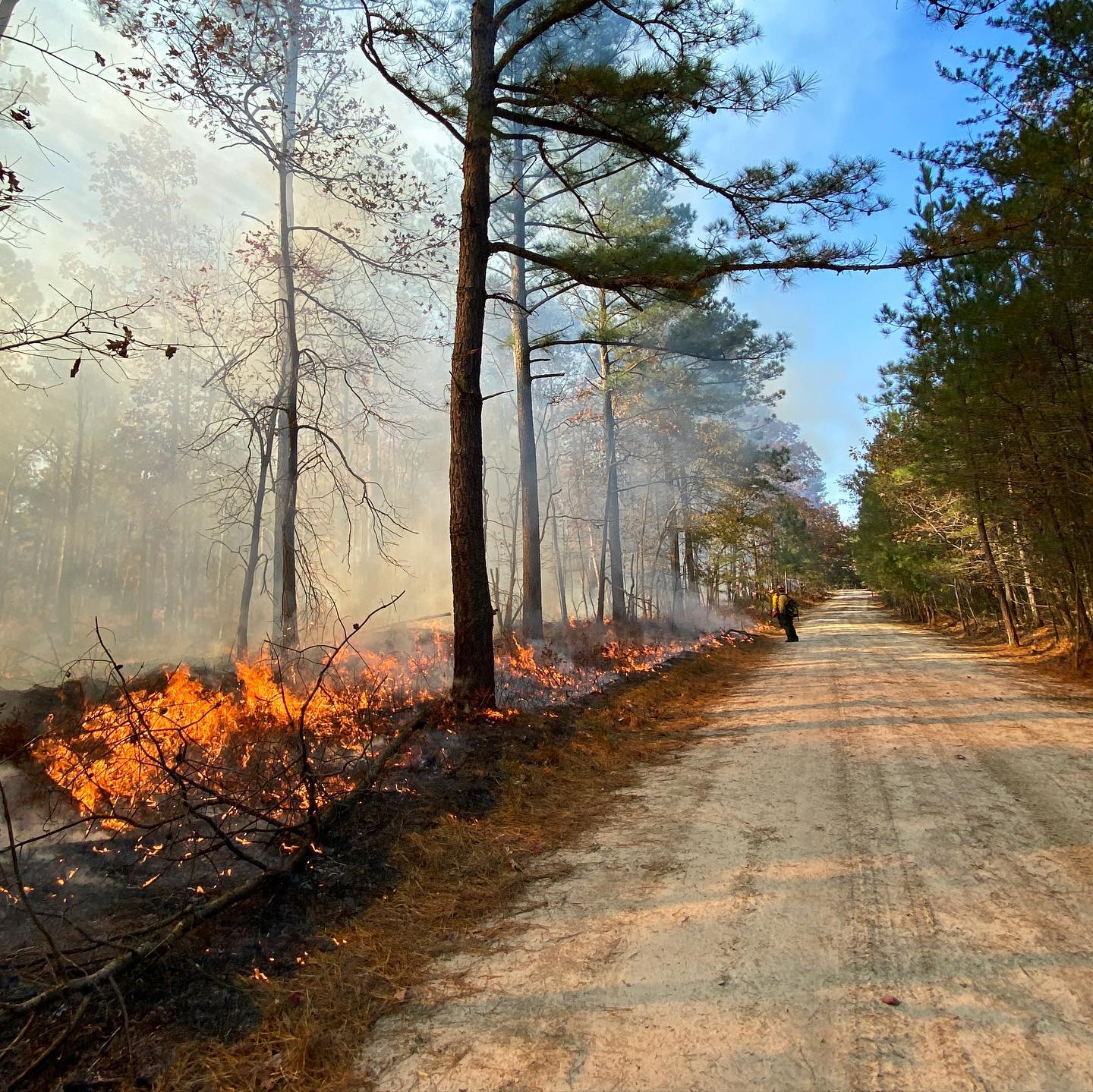
Prescribed Fire
Prescribed fires are a proven way to restore our forests. By managing the natural process of fire on the landscape instead of preventing it, we can improve habitats for native plants and animals and reduce the risk of out-of-control wildfires.
During prescribed fires on our Delaware preserves, the low-intensity flames can knock back fire-sensitive species such as red maple and sweetgum and reduce the number of pine saplings growing in the understory, allowing more sunlight to reach the forest floor.
The increased sunlight paired with the burning of the underbrush also helps set the stage for the return of native grasses, forbs and wildflowers—many of which haven’t been seen in abundance in the years prior to prescribed fires.
Using fire in the right places and at the right times can not only mitigate dry conditions and enhance healthy forests that attract diverse wildlife but also support local livelihoods and help reduce threats to public safety.
Learn More
Restoration Projects
Dive deeper and learn more about ongoing and recently completed restoration projects across our preserves in Delaware.
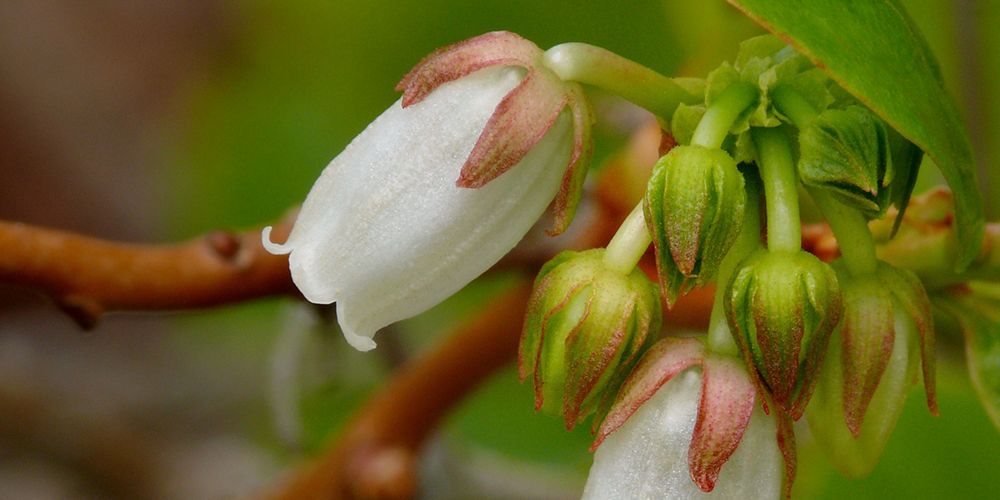
Collaboration
Working with state and federal agencies, local land trusts and partners to drive conservation actions well beyond the borders of our lands.
Our conservation impact is magnified when we work together. TNC works with state and federal agencies, local land trusts and others working in conservation in Pennsylvania to enhance our shared capacity for tangible, lasting results.
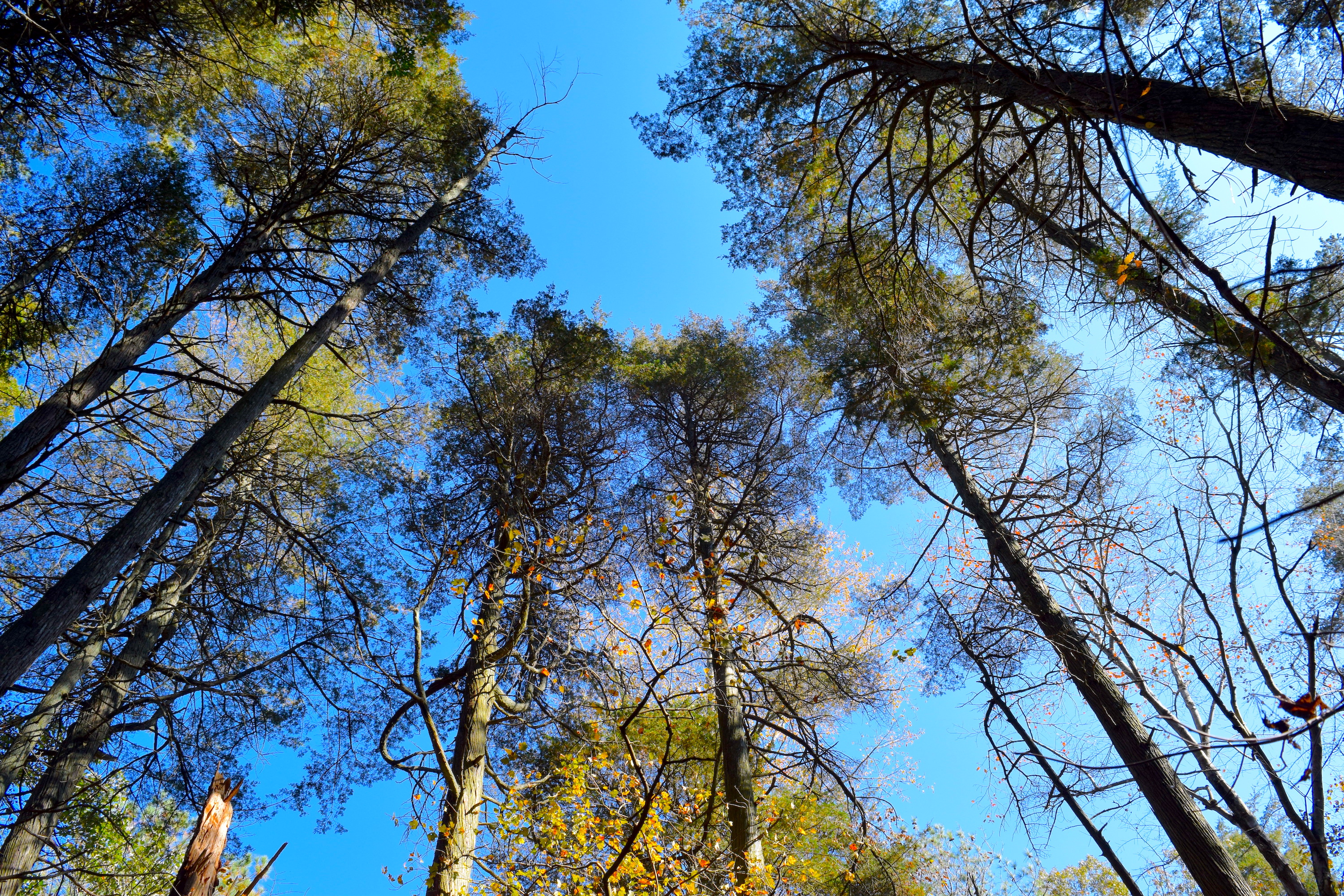
Delaware Land Protection Coalition
TNC staff are founding members of the Delaware Land Protection Coalition (DLPC). Formed in 2022, the DLPC is a group of conservation-focused organizations from across the state committed to increasing open space in the First State, focusing on natural lands, including cultural, historical and recreational resources, protected through acquisition or conservation easement.
The Coalition seeks to expand land conservation by identifying new sources of funding for land conservation, increasing our partnership with the State, working collaboratively to develop a statewide vision for conservation and continuing the work of each of our respective organizations.

Delaware Prescribed Fire Council
TNC is a director organization of the Delaware Prescribed Fire Council (DPFC), and Delaware Stewardship Manager, Natasha Whetzel, acts as the council Vice Chair. The DPFC works to protect and promote the Delaware prescribed fire communities' right to responsibly utilize prescribed fire; and to exchange information, techniques and experiences as well as promote public understanding of the importance and benefits of prescribed fire as a natural resource management tool. The goals of the DPFC include:
- Promote and protect the safe and responsible use of prescribed fire.
- Promote the public understanding of the benefits of prescribed fire.
- Promote the development and utilization of locally appropriate prescribed fire practices and protocols to safely achieve desired environmental and ecological resource management goals with minimal impact to the public.
- Engage local, state and national prescribed fire issues and concerns and promote effective solutions.
- Provide a framework for communications related to prescribed fire objectives, techniques and issues.
- Disseminate technical information on prescribed fire and its application.
- Support the training and education of landowners and land managers who implement low complexity prescribed fire on private property.
Stay in Touch
Sign up to receive monthly e-mail conservation news & updates from Delaware.
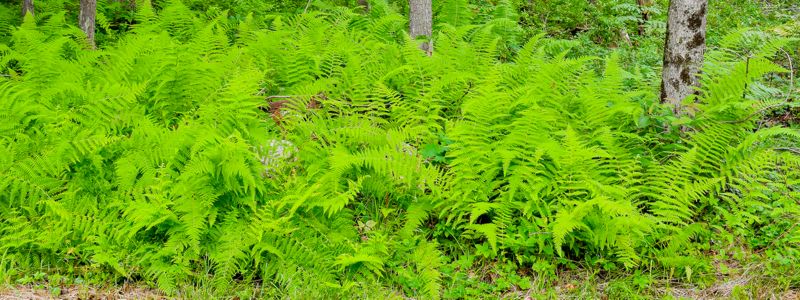

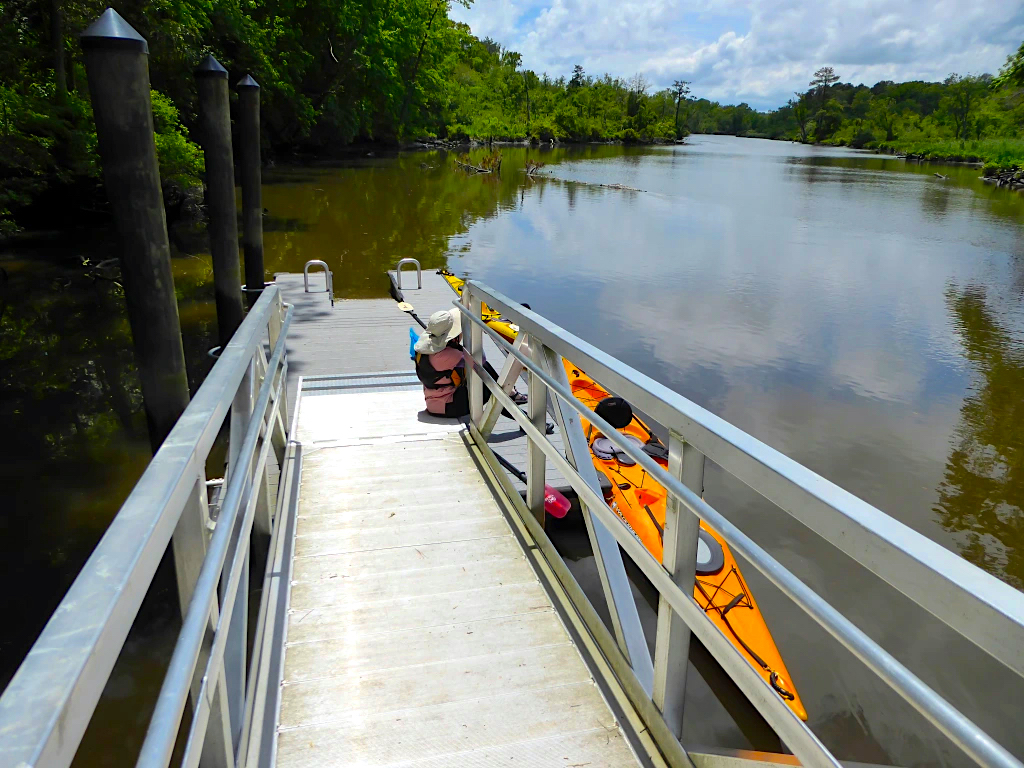
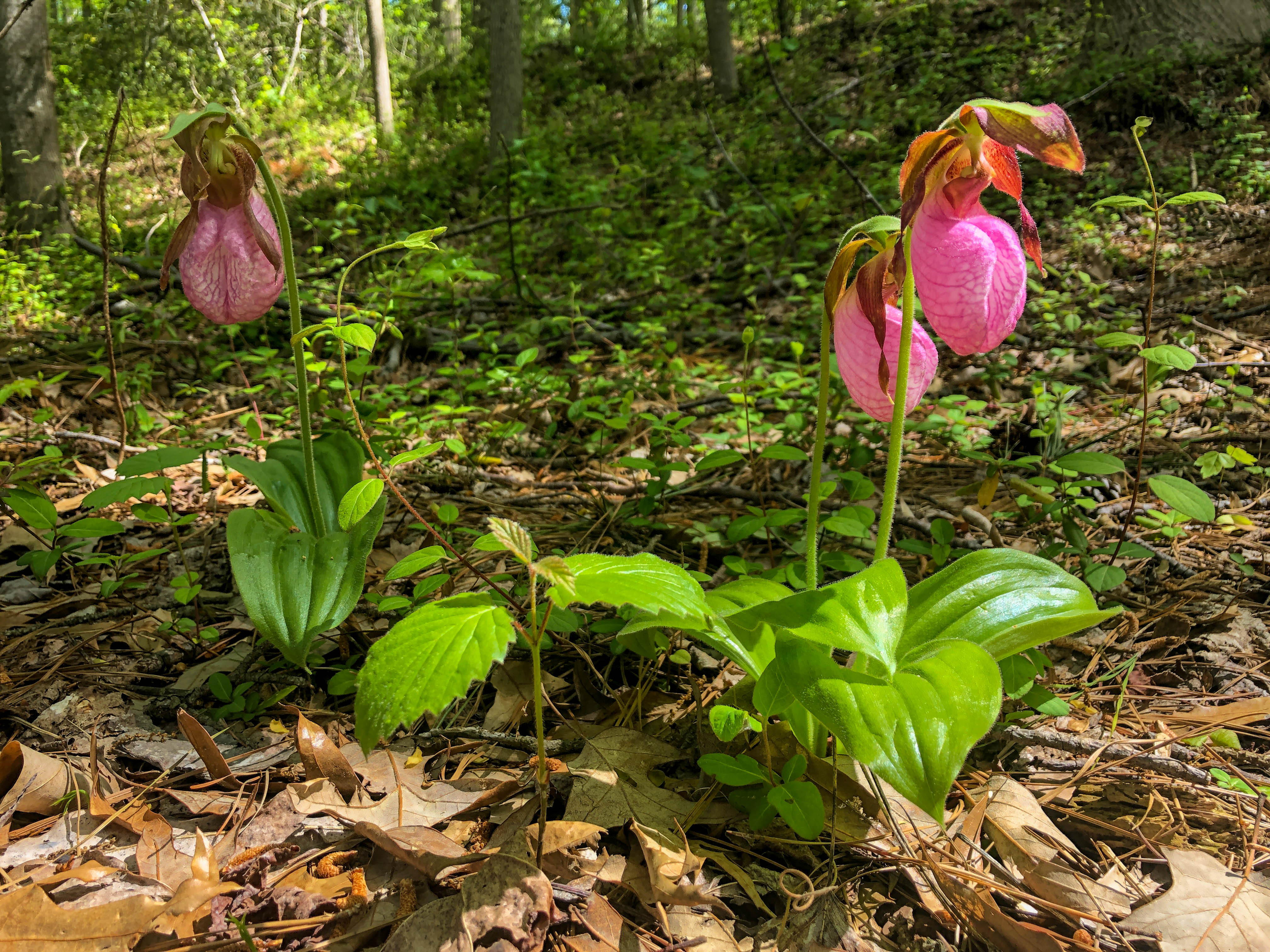
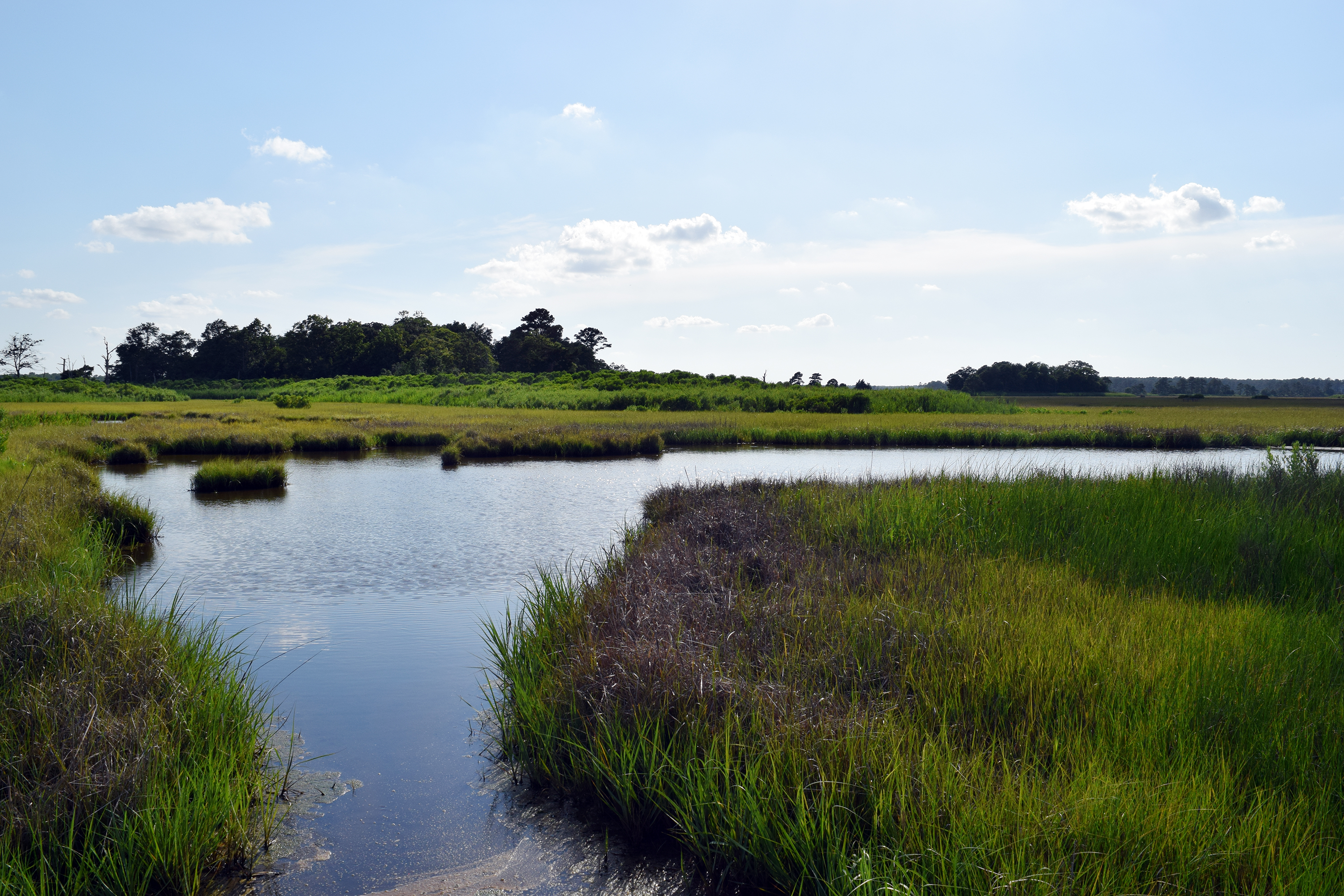
_TNC_4000x2200.jpg)
